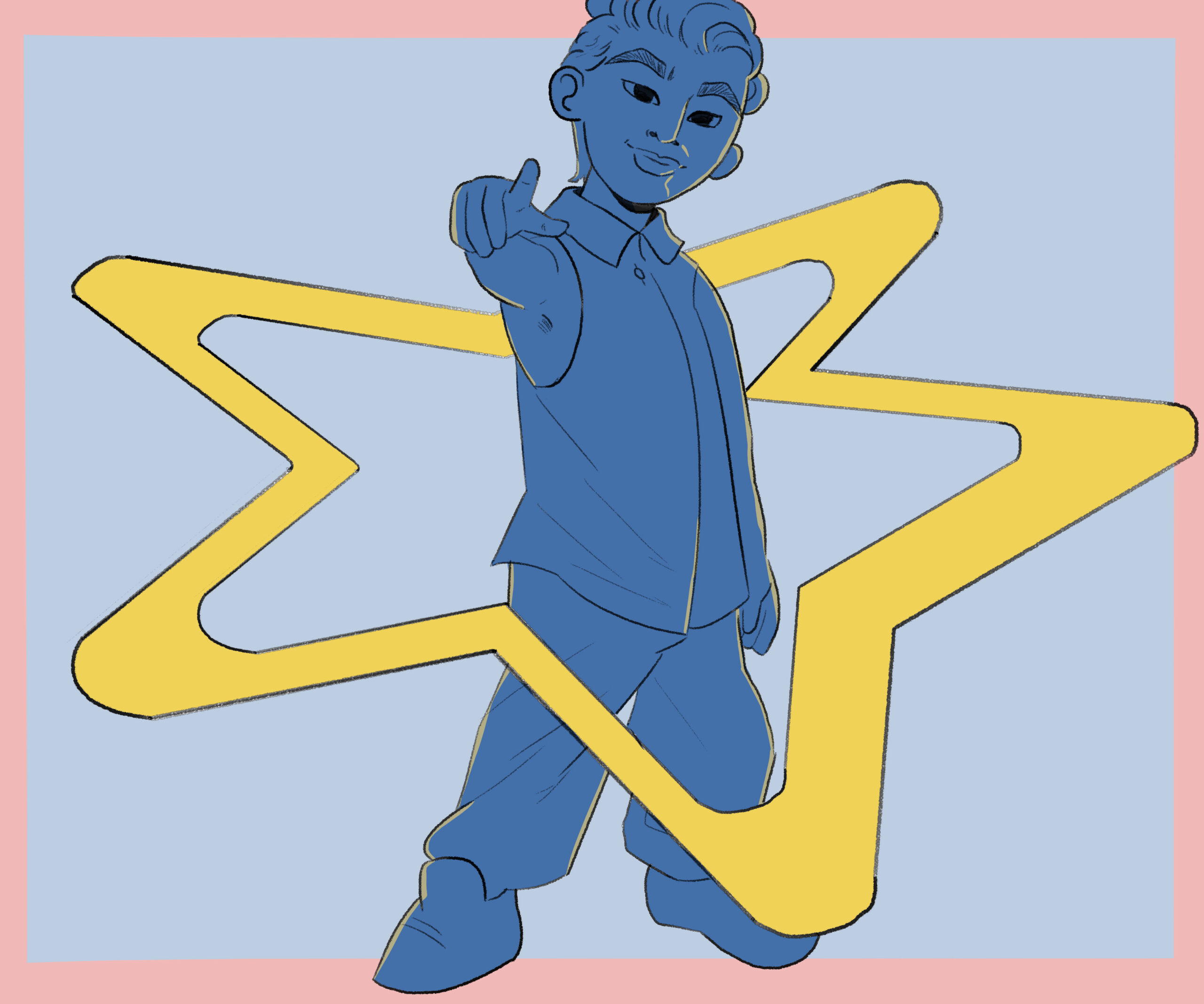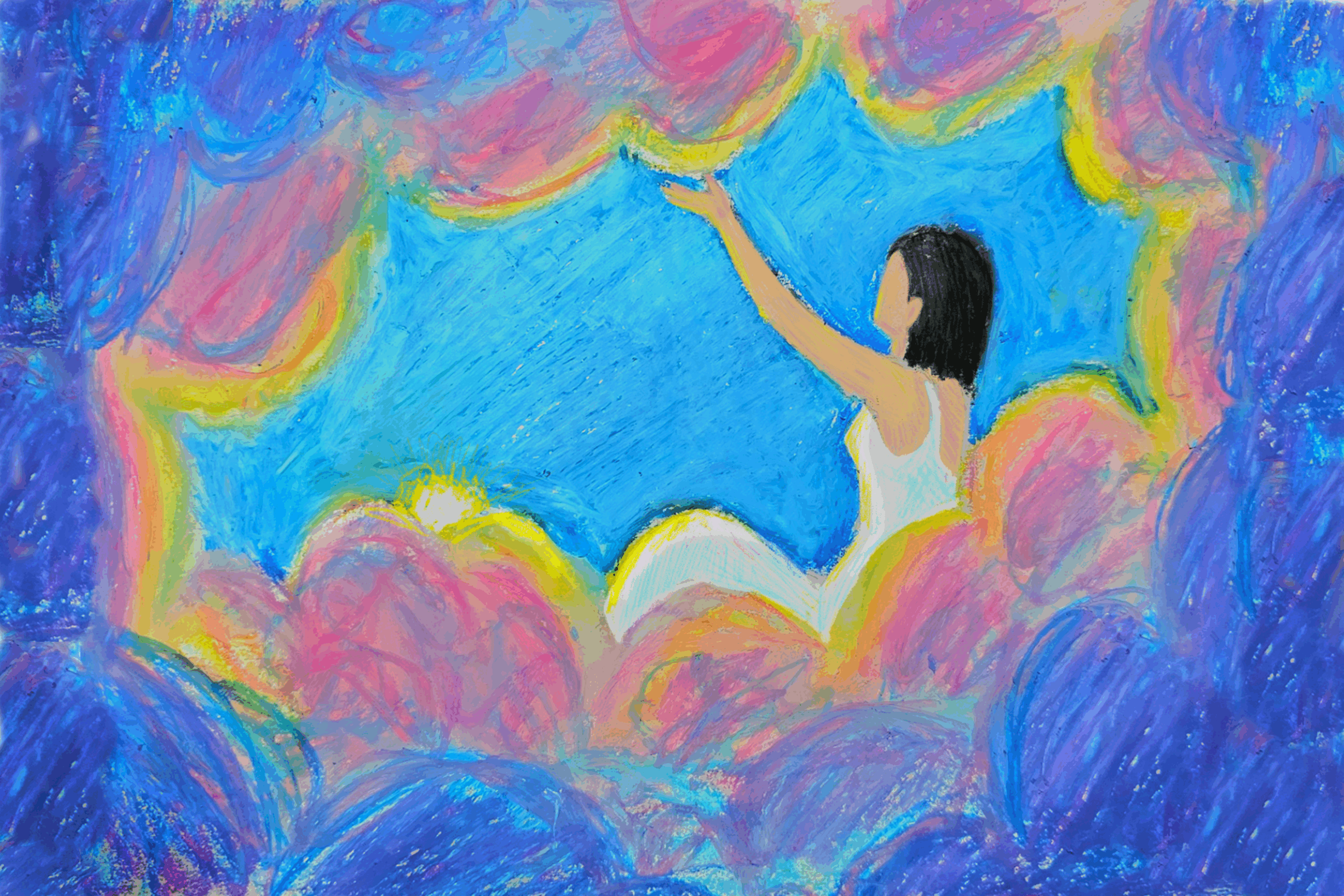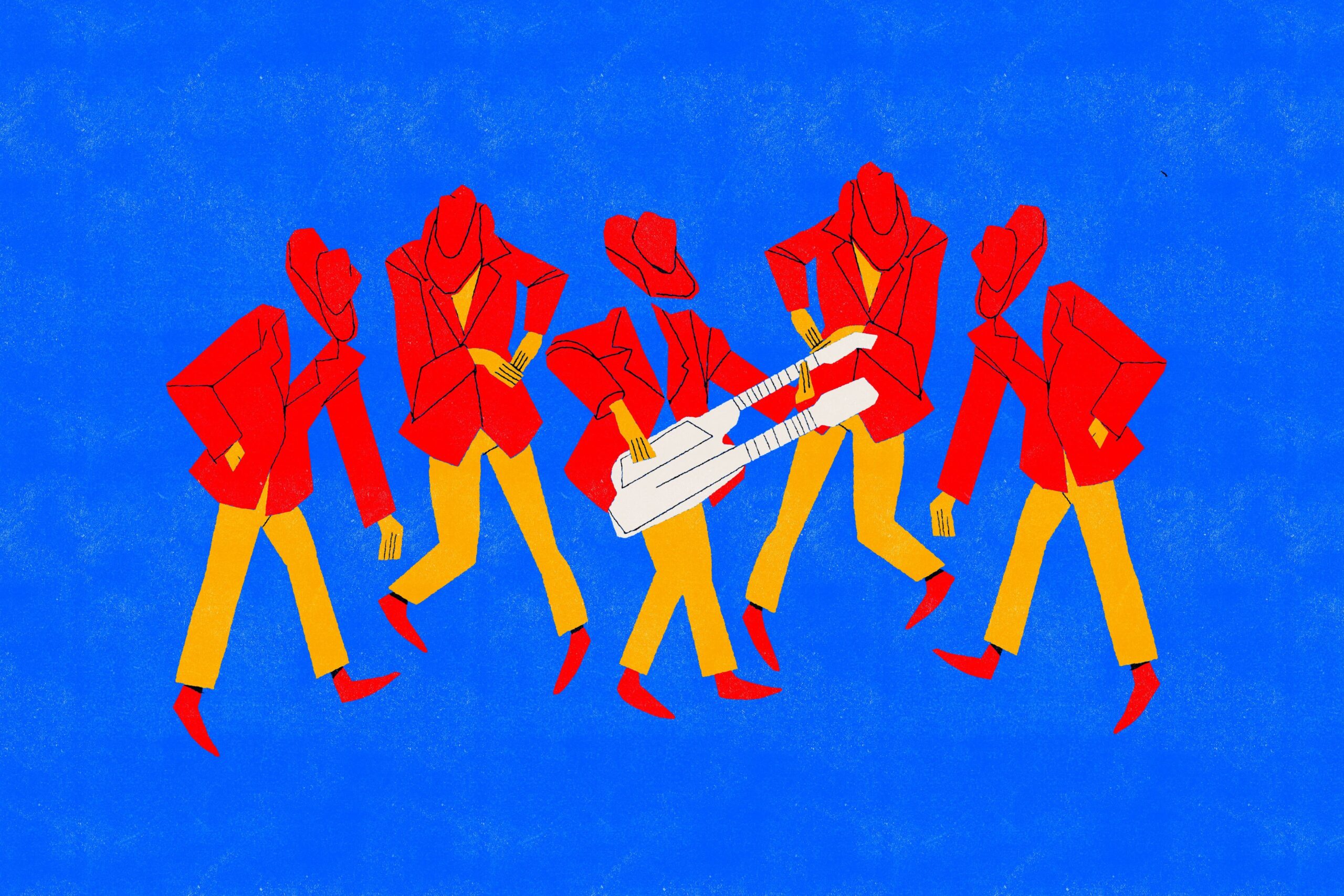Written by Natalia Hilsaca. Header illustration courtesy of Taylor Eby (@taylor_eb14)
In the sphere of pop culture phenomena, few have been as consistently underestimated—and as powerfully influential—as the fangirl. These devoted disciples of music and masculinity have committed themselves to celebrity parasocial relationships, putting their favorite stars in the limelight for years. Now, the tragic passing of Liam Payne, just 31, sent shockwaves to a generation of women that once plastered their bedroom walls with One Direction paraphernalia. Past millennial and Gen Z fans of the band, stand at a curious crossroads of grief, nostalgia, and ambivalence.
Payne’s death—a fall from a Buenos Aires hotel balcony—has stirred a dormant giant. Directioners, once the ubiquitous trendsetters of their teenage years, have returned from their chrysalises of adulthood. Digital vigils flicker to life. So do the fourteen-year-old hearts of women now with mortgages and corporate jobs, suddenly grappling with emotions for an idol they thought they’d outgrown.
At ten years old, Sarah had her first taste of a love potion that would course through her veins forever. Stumbling upon that fervent boyband juice was something of sheer dumb luck: she had seen her friend’s Blackberry wallpaper. The photo showed five boys, each with moppy hairdos and juvenile good looks. Grainy pixels making up their smiles held entire universes of possibility. “I looked them up on our family computer,” Sarah recalls. “I was immediately hooked.”
Fangirls have long been the driving force behind the meteoric rise of boybands and male pop idols, despite often being dismissed or mocked by mainstream media. They are depicted as a wild breed of human, reducing their complex emotional responses to animalistic urges. One of the most controversial GQ cover stories labeled the One Direction fandom as “rabid, knicker-wetting banshees.” To like something—truly, madly, deeply—is to be branded as the most damning of labels: a girl.
There is a prevailing assumption that fangirls don’t understand or appreciate the music, but are fixated on the artists’ appearances, going crazy over their boy-flesh. This dismissive attitude fails to recognize the depth of knowledge and passion that many fans possess. The very things young girls love and identify with are invalidated, tagging their passions as frivolous. Loving with total abandon, was, for Sarah, a way to archive hope. The ledgers, a sisterhood that spanned continents.
“I remember creating a Wattpad account. I read imagines during science class with my best friend behind our teacher’s back.” She laughs. The image is of innocence and rebelliousness: two young girls, heads bent close, giggling over a shared phone screen. Their fingers scroll through stories of make-believe encounters with their favorite member. Air heavy with formaldehyde and hormones, the two friends built a bubble of happiness amidst the dull realities of middle school life. That kind of intimacy is a feeling few are privy to.
Although the memory is sweet, the snickers behind their backs are not. When the world looks at a fangirl, it sees absurdity. What it fails to recognize is a profound language of connection—a dialect of devotion that speaks volumes about female emotional intelligence. The dismissal is systematic—reduce her enthusiasm to infatuation, her tears to irrationality, her love to something less than serious. But here is the truth: fangirls are architects of cultural moments. They are not passive consumers but active creators, transforming music from just sound into lived experience.
In the 1950’s Elvis Presley emerged as one of the first true teen idols. He burst into the music scene, a hip-swiveling Adonis who drove women into a frenzy. His concerts were marked by episodes of mass hysteria—screaming and fainting was common. They shook and rolled their eyes to the back of their heads and reached out to him as if praying for salvation. Their behavior wasn’t a performance, but a powerful form of self-expression, pushing back the expectations of demure femininity.
A similar unprecedented fervor of Beatlemania ignited in the 60s, a subculture dominated by women. Recognizing the potential of their fanbase, The Beatles pioneered merchandising strategies that would become industry standard. Beatles-branded products flooded the market, allowing girls to incorporate their idols into every aspect of their lives, from hair to food. What started out as music evolved into a shared consumer culture where fans could identify with each other. It grew into a community.
This template of fan-driven stardom laid the groundwork for the boy band craze of the 1990s and 2000s, with groups like the Backstreet Boys and NSYNC. However, it was One Direction who redefined fan culture for the digital age. Formed on the X Factor in 2010, the band’s rise coincided with the advent of social media, creating a perfect storm of accessibility and connectivity. Directioners wielded unparalleled power through platforms such as Twitter and Tumblr. They were known for their ability to trend hashtags and crash websites even ten years after the boys’ debut—evidenced by their anniversary site that shut down just a couple of minutes after going live.
“One Direction influenced my life in many ways. I spent countless hours on Pinterest and Weheartit looking to be inspired by them,” says Sarah. “I even owned a pair of red skinny jeans and a navy striped T-shirt inspired by Louis’ signature look.” This was the life of a One Direction fan—plastering rooms with posters, tuning to watch their video diaries on YouTube, searching lyrics and memorizing which member sang what riff or bridge, living vicariously through five British boys who seemed to speak to them. Being a fangirl was a full-time commitment, albeit one they’d gladly made.
Often misunderstood and ridiculed, the portrayal of these young women’s devotion has been particularly harsh. The 2013 documentary, “Crazy About One Direction,” drew criticism for its sensationalized focus on extreme fan behaviors, painting Directioners as a uniquely obsessive breed of admirers. In truth, the activities depicted in the documentary—discussing favorite band members, dressing up for concerts, and daydreaming about encounters with the boys—are commonplace among teenage girls. Far from being crazy, these fans were engaging in the time-honored traditions of pop music. “It didn’t feel cool to be a One Direction fan. I felt like I had to dial down my enthusiasm to fit in.”
Framing normal fan behaviors as somehow aberrant or dangerous, speaks more to a society’s discomfort with female enthusiasm than to any actual problems with Directioners themselves. For young women, One Direction became a safe space for exploring identity and emotion. Their songs addressed themes relevant to teenhood with candor that was both refreshing and revolutionary. “Little Things” celebrated imperfections. “What Makes You Beautiful” championed self-acceptance. “History” recognized the power of friendship. In a world that often dismisses the concerns of teenage girls, One Direction accepted them.
When word of Payne’s death first broke, the predictable flood of social media notifications brought the news to fans. At his demise, chapters of their own lives had reopened, ones they had safely tucked away into boxes labeled childhood, high school, or first heartbreak.
Sarah remembers where she was when she heard the news. “I was at work. My first thought was that it might be some kind of sick joke. But once I saw the news from an official outlet, my instinct was to text a close friend—one I’d bonded with over our shared love for One Direction.” That automatic need to reach out, to connect, speaks about the camaraderie of fangirl communities. Despite the band’s hiatus in 2016, the ties that bind the fans together prove to be remarkably elastic.
From New York to London, Directioners were lighting tribute candles, reviving fan deactivated accounts, and gathering around squares to sing in unison. Meanwhile, Sarah found herself falling back into old habits. She dug through her closet to unearth dusty 1D issues on Tiger Beat, Seventeen, and People magazines—mildew sticking the pages together. She played One Direction’s first album, “Up All Night,” letting nostalgia seep through her eardrums and into her heart. She didn’t cry alone.
Boy bands are often crafted with a “best before” date stamped on their popularity. The industry knows that the teenage heartthrob appeal has a limited shelf life. After all, the fervor that gives them life—waves of young girls and branded merchandise—is rarely eternal. Boy bands do have an expiration date. But unlike milk or concert tickets, they don’t sour or go out of stock; they fade into the quieter corners of memory, preserved for days when being a grown up feels too hard. Yet when a tragedy strikes, like it did with Payne, the music floods back to the forefront, boundless.
And therein lies the paradox. These bands are ephemeral by nature, assembled to deliver just the right mix of sentiment and allure to sustain them through the life cycle of adolescence. Yet the indelible mark left on the fans’ psyches, lies dormant in memory only to resurge with unexpected intensity when triggered by events like tragedy. It defies their intended transience. In the end, perhaps that’s what it means to be a fangirl: to carry a piece of that music, that devotion, that self-discovery always. To understand that past passions are not something to be ashamed of, but something to be celebrated. For in those moments of pure, unadulterated love for a band, a song, a lyric—they were their most authentic selves. “I don’t care if it’s cool or not anymore and it’s a part of my personality that I love,” says Sarah.





